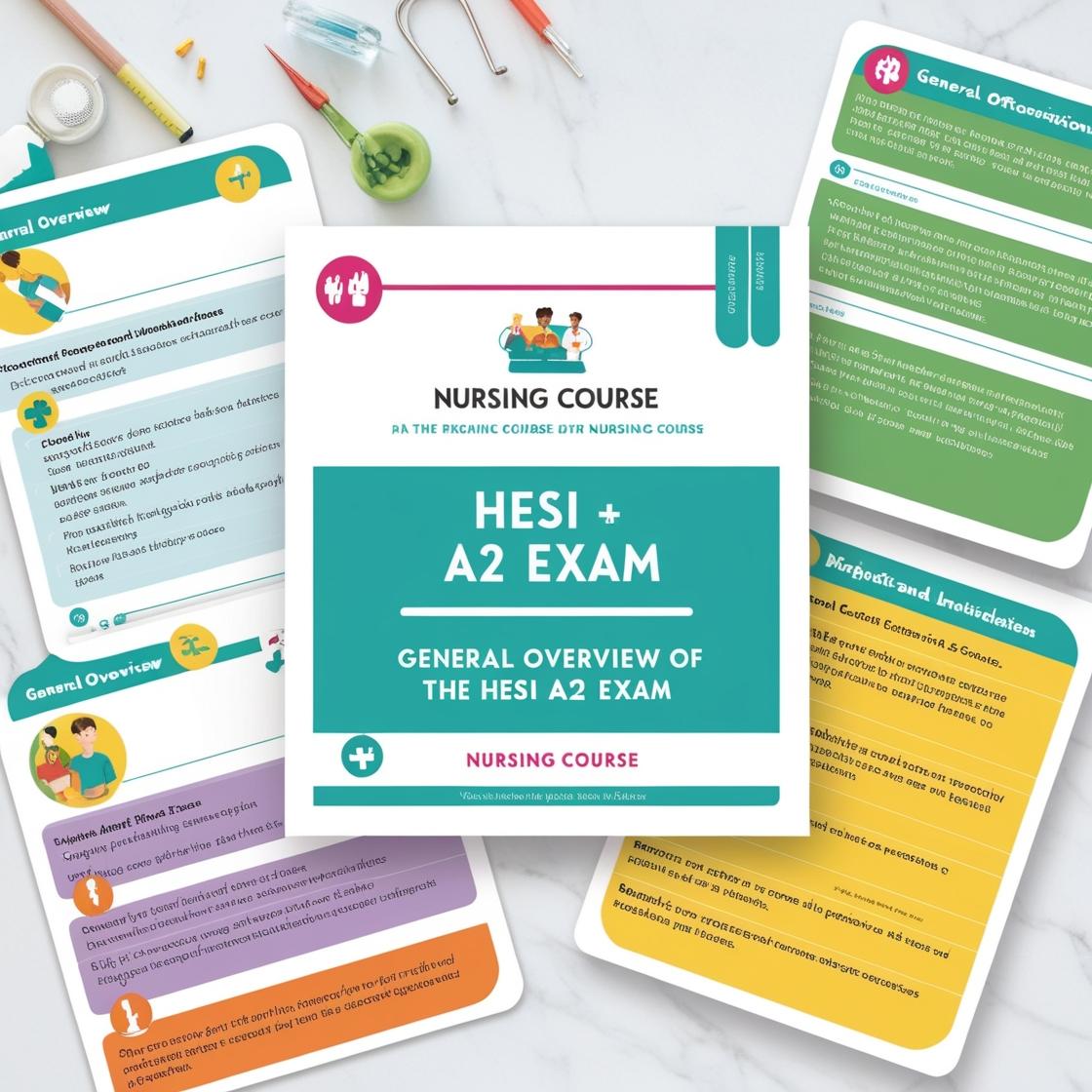HESI A2
HESI A2 Biology 2024
1. What is the term for the breakdown of glycogen into glucose subunits?
- A. Hydrolysis
- B. Reduction
- C. Metabolism
- D. Transpiration
Correct answer: A
Rationale: Hydrolysis is the term used to describe the breakdown of large molecules into smaller units by adding water. In the case of glycogen being broken down into glucose subunits, this process involves the addition of water molecules to break the glycosidic bonds between glucose molecules, resulting in the release of individual glucose subunits. This process is crucial for providing cells with a source of energy when needed. Choice B, Reduction, refers to a chemical reaction involving a gain of electrons or a decrease in oxidation state, not the breakdown of glycogen into glucose subunits. Choice C, Metabolism, is a broad term encompassing all biochemical processes in an organism, including anabolism and catabolism, but does not specifically describe the breakdown of glycogen into glucose subunits. Choice D, Transpiration, is the process of water movement through a plant and is not related to the breakdown of glycogen into glucose subunits.
2. Two organisms live in a relationship from which both benefit. What is this called?
- A. Mutualism
- B. Parasitism
- C. Commensalism
- D. Competition
Correct answer: A
Rationale: Mutualism is a type of symbiotic relationship between two organisms in which both parties benefit from the association. It is a mutually beneficial interaction where both organisms gain something valuable, such as food, protection, or some other resource. This contrasts with parasitism, where one organism benefits at the expense of the other, commensalism, where one organism benefits while the other is unaffected, and competition, where both organisms are negatively affected by their interaction.
3. Ocean waves may tear sponges into pieces, each of which may grow into a new sponge. What is this form of reproduction called?
- A. Budding
- B. Vegetative propagation
- C. Binary fission
- D. Fragmentation
Correct answer: D
Rationale: Fragmentation is the form of asexual reproduction where an organism breaks into fragments, and each fragment can grow into a new individual. In the case of sponges being torn into pieces by ocean waves, each piece has the potential to develop into a new sponge, making fragmentation the correct answer in this scenario. Budding is a form of asexual reproduction where a new organism develops as an outgrowth from the parent organism. Vegetative propagation involves the growth of new individuals from plant parts like stems or roots. Binary fission is a method of reproduction seen in some single-celled organisms where one cell divides into two identical cells.
4. Which light color would be most effective for growing green plants indoors?
- A. Blue
- B. Yellow
- C. Green
- D. Orange
Correct answer: A
Rationale: Blue light is the most effective color for growing green plants indoors. Blue light has a higher energy level compared to other colors, which is crucial for promoting vegetative growth, strong stems, and lush foliage in plants. Additionally, blue light helps regulate plant growth hormones, making it essential for the overall health and development of green plants. Yellow, green, and orange light do not provide the necessary energy levels or spectrum needed for optimal plant growth, making them less effective choices for growing green plants indoors.
5. How should a researcher test the hypothesis that practicing yoga reduces blood pressure?
- A. Record the blood pressure of one male and one female participant before and after participating in a yoga class.
- B. Divide 30 female participants into two groups with similar average blood pressure; test each participant’s blood pressure after participating in a yoga class.
- C. Divide 30 female participants into two groups with similar average blood pressure; have one group watch television for an hour while the other takes a yoga class, record each participant’s blood pressure after the hour. Repeat daily for two weeks.
- D. Start with 15 men and 15 women; have the men watch television for an hour while the women take a yoga class, record each participant’s blood pressure after the hour. Reverse, having the men take a yoga class while the women watch television.
Correct answer: B
Rationale: Option B is the most appropriate way to test the hypothesis that practicing yoga reduces blood pressure. By dividing 30 female participants into two groups with similar average blood pressure levels and testing each participant's blood pressure after participating in a yoga class, the researcher can effectively evaluate the impact of yoga on blood pressure. This design allows for a comparison between the two groups, helping to isolate the effects of yoga practice on blood pressure. Option A only involves one male and one female participant, which may not provide a representative sample. Option C introduces an additional variable of watching television, which could confound the results. Option D lacks consistency in the experimental design by switching the activities between men and women, making it difficult to attribute any observed changes solely to yoga practice.
Similar Questions

Access More Features
HESI A2 Basic
$99/ 30 days
- 3,000 Questions with answers
- 30 days access @ $99
HESI A2 Premium
$149.99/ 90 days
- Actual HESI A 2 Questions
- 3,000 questions with answers
- 90 days access @ $149.99
